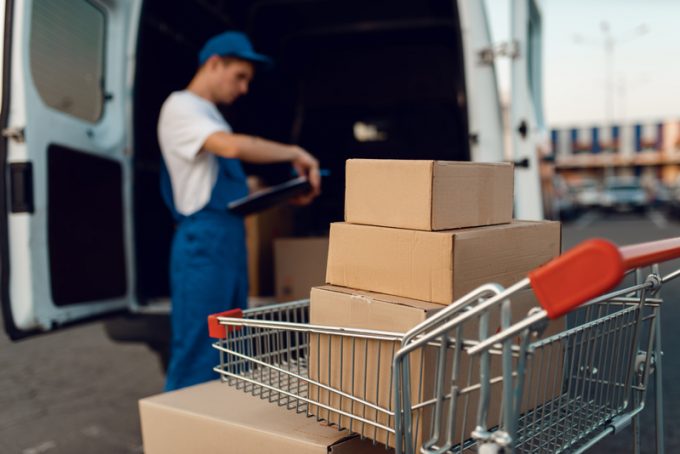Canning capacity as ecommerce bubble breaks
What a pile up

The pandemic has turbo-charged online shopping as a long-term driving force in retail logistics that creates myriad opportunities, but also gives much cause for frustration with delivery logistics.
As the parcel carrier infrastructure is strained beyond limits, the chance of alienating consumers through a poor delivery ...

Comment on this article